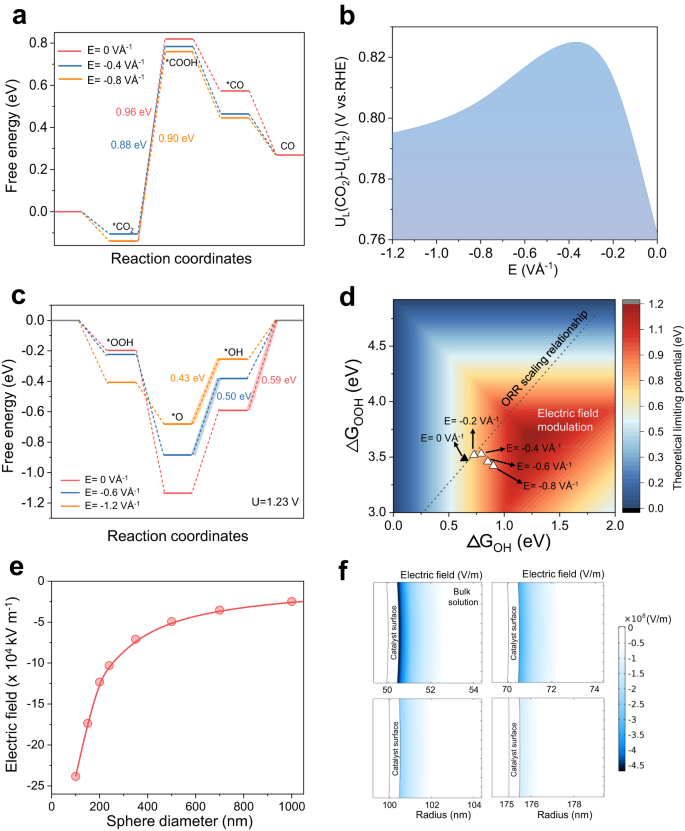2024-05-14 NASA
<関連情報>
- https://www.nasa.gov/earth/how-glowing-plants-could-help-scientists-predict-flash-drought/
- https://agupubs.onlinelibrary.wiley.com/doi/10.1029/2024GL108310
瞬間的な干ばつ時の炭素損失を軽減する先行条件 Antecedent Conditions Mitigate Carbon Loss During Flash Drought Events
Nicholas Parazoo, Mahmoud Osman, Madeleine Pascolini-Campbell, Brendan Byrne
Geophysical Research Letters Published: 24 April 2024
DOI:https://doi.org/10.1029/2024GL108310

Abstract
Flash droughts– the rapid drying of land and intensification of drought conditions—have devasting impacts to natural resources, food supplies, and the economy. Less is currently known about the drivers of flash droughts and their impact on landscape carbon losses. We leverage carbon and water cycle data from NASA OCO-2 and Soil Moisture Active and Passive missions to quantify flash drought impacts on U.S. carbon exchange. On average, pre-onset carbon uptake fully offsets post-onset losses, creating a carbon neutral biosphere over a ±3 month period surrounding flash drought onset. This contrasts with ecosystem models, which underestimate pre-onset uptake and overestimate post-onset loss. Furthermore, spaceborne observations of solar induced fluorescence (SIF) provide a reliable indicator of flash droughts at lead times of 2–3 months, due to feedbacks between vegetation growth and soil water loss. This study is expected to improve understanding of flash drought impacts on carbon exchange, and facilitate flash drought early warning.
Key Points
- Solar induced fluorescence offers early warning (∼2–3 months) for stealth drought events
- Pre-drought carbon gains fully offset post-drought carbon loss
- Terrestrial biosphere models overestimate total carbon loss
Plain Language Summary
Flash droughts have devasting impacts to the environment, natural resources, and society, and are difficult to predict. Here, we use NASA models and satellite observations to determine (a) the impact of flash drought on carbon exchange in land ecosystems, and (b) the extent to which satellite remote sensing can improve flash drought early warning. We find that beneficial environmental conditions occurring prior to onset of flash drought leads to increases in carbon uptake in ecosystems compared to normal conditions. This anomalous uptake of carbon in ecosystems is, on average, sufficient to fully offset inevitable decreases in carbon uptake associated with hot dry conditions following onset of flash drought, leading to a net zero impact of flash drought on carbon exchange over the 6-month period surrounding drought onset. Moreover, we find the satellite observations of solar induced chlorophyll fluorescence (SIF), representing a re-emission of radiation by plants following absorption of sunlight for growth, are extremely well correlated to soil moisture losses associated with flash drought at lead times of 6–12 weeks across diverse landscapes and ecoregions in North America. Satellite SIF thus shows promise as a reliable early warning indicator of flash drought, at sufficient lead time conducive to decision making.



